Table of Contents
What is Ad Rank?
Ad Rank in Internet marketing is the position of advertising on the ranking page (Google). In paid search marketing, also known as pay-per-click (PPC) marketing, your ad’s ranking is the ad position on the search engine results page or SERP. Advertising Rank 1 puts you at the top of the search results page.
In Google Ads, Ad Rank is determined by multiplying your maximum bid for the keyword or ad group by the keyword quality score.

Ad Rank basically depends on”Ad bid amount, your bid-time ad quality (including estimated click-through rate, ad relevance, and landing page experience), ad rank threshold, ad search rank calculated based on person search context (e.g., person)), equipment, Expected impact of search times, the nature of search terms, other ads displayed on the page and search results and other user codes and features), and extensions and other ad formats.
Clear the mud?
You need to know that ad rank depends on 5 main factors:
Your Maximum Bid: When you set your maximum bid, Google Ads will notify you how much you are willing to pay for your ad per click. You can probably pay less than that, but the maximum bid for ad rank is important.
Advertising and Landing Page Quality: Google Ads looks at the quality of your ads and the landing page to which it is linked. How relevant and useful is your ad and landing page to the target audience? This will create your quality score.
Ad Rank Limit: Google sets the minimum threshold that must be achieved to be eligible to display your ad.
User search context: when calculating ad rank, Google search terms, search time, location during the search, device type (e.g. mobile or desktop), nature of search terms, among other ads. Organic search results and more.
How to improve Ad Rank?
Since Google Ads is the auction where you bid on keywords and pay for search terms, it is often assumed that only the highest bidder will get the top spot.
After all, the auction works like this: the winner is the highest bidder.
But not when it comes to AdWords.
If your ads are better, you may be paying a lot less than a competitor, but you will surpass them in many positions.
Simply put, paid search results work a lot like organic results. Google wants to provide searchers with relevant information that will help them solve their problems faster.
If you run ads for hospitals and only have “hospital” in your headline, you can bet that other competitors will outperform you for less money.
Relevance and customer problem solving are also big factors when bidding for high support.
Now that you know about ad rank, here are three ways to improve it without spending more than you need for clicks.
1. Improve your quality score: Use more specialized ad groups
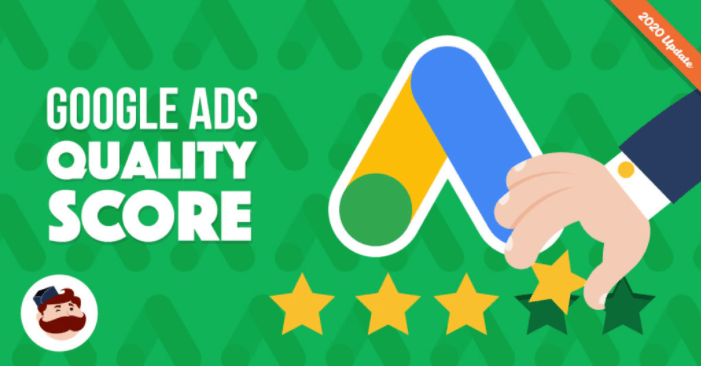
If you have not yet noticed, there are two specific factors to improve your ad rankings: relevance and uniqueness.
And it starts with a well-built ad group.
Advertising groups are important components of success in ad rankings.
If your ad groups are not specific enough, you run the risk of generating ads that do not work at the CTR you expect.
For example, grouping earbuds and headphones into one category do not work.
Although the products are similar, they are different.
And the explorers were exactly expecting what they found.
To write ads in ad groups with dozens of keywords, you need to write simple ads like “headphones for sale”. Then, the ad will appear even if the searcher is clearly asking for wireless earbuds.
It only produces ads that are less than your top potential and forms the CTR path below. Poor CTR and low relevance will have an impact on your quality score, forcing you to pay more for ranking than you need to.
The answer? Create more specialized ad groups.
There are some well-known ways to do this in today’s scenario.
I choose single keyword ad groups (SKAGs). it has the most proven track record. Some saw them raising more than 28 percent in CTR and a multi-digit increase in the quality score in just a few days.
Your accounts and campaigns work extensively if they are extensive, but they are easily valuable when you look at the data.
If you have large accounts, Dynamic Keyword Insertion (DKI) is easier and more efficient than SKAG, but smaller campaigns should always use SKAG.
SKAGs take just one keyword and divide it into three match types.
By using these three match types (wide modifier, phrase, precision), you will take advantage of the uniqueness and extensive search, as well as make sure that the words you search for the most are the specific ads that fit your needs. Keywords can be added every time.
You can get more specific by dividing your SKAGs into a single match type. But again, it all depends on the size and structure of your account.
SKAGs allows you to write ads with optimized CTAs and value proposals for each keyword. This means that every single searcher is getting the most personalized and unique offer related to their exact search.
This is one of the easiest ways to improve your ad rankings without spending a single penny on your bidding.
2. More is not the best: focus only on related Ad extensions
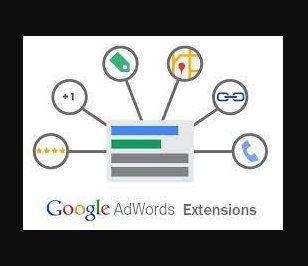
The most obvious way is to bid more to improve your ad rank. But no one should spend more than a single click.
This is not when it affects your bottom line, your acquisition costs, and more.
Instead, focus on creating more relevant ads.
Advertising relevance is a big part of the ad rank puzzle.
If your ad extensions are not unique among other results, do not generate high click-through rates, and are perfectly aligned with your call-to-action and campaign goals, you can say goodbye to your ranks.
Many people think that CTR increases as soon as they hear the ad extension. Easy success, right?
Sure. In some cases, yes.
But many take it for granted. Adding a random ad extension does not mean that you have made it rich.
In fact, adding errors is devastating.
I give you a hint: they demonstrated the right and wrong ways to use ad extensions in a single ad.
His call to action is evident in the second title:
Get directions and call their business today.
So you can see the site link extension below and see the One Direction-based links clearly.
Great!
But what if I want to call?
I can not. I want to click Call Extension No.
And this is a perfect example of CTA falling short due to poor extension usage.
Google uses the “expected effect of an extension” to measure your relevance and success. They add it directly to your ad rank.
If you use ad extensions that do not match your CTA, you can bet that ad extension engagement will be low, sending negative signals to Google.
Do not use them to access extensions. Use them to improve your offers and take action.
If you want phone calls, use call extensions and use your ad to make it clear to your audience that your business needs a call.
If you want site traffic, use site link extensions to drive users to related pages related to your ad.
If you want local business traffic, use location extensions.
If there is anything to be learned from AdWords, that uniqueness always wins.
3. Improved landing pages: Create special offers for each Ad
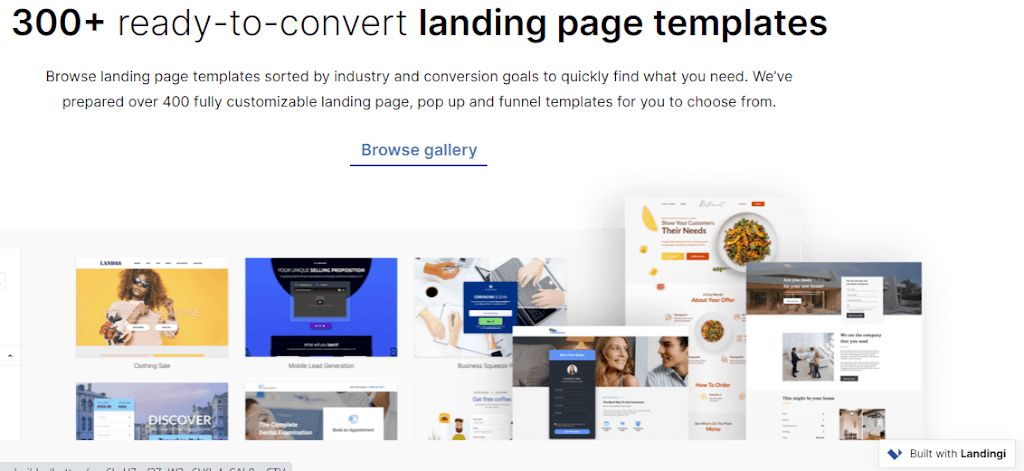
If you’ve ever clicked on a paid search ad and received something different than you expected, you know how frustrating it can be. For best Landing page builders click here
The ad says one thing and the landing page is simple. Heck, maybe it’s their homepage too.
And as an explorer, there is nothing more annoying than that.
You literally searched for a specific word. It’s not like the advertiser doesn’t know what you want to see. Keywords are a clear indication of what you want to find.
Landing pages should match the clear message. In fact, matching messages from ads to landing pages can improve conversions by more than 200 percent.
The problem with creating unique landing pages for each ad group is that it can take time.
If you want to create dozens or hundreds of pages, this can take months of work.
You must authenticate a copy of your landing page for each campaign, allowing you to edit simple bits to customize the offer.
I have done it countless times for clients and have seen huge increases in performance and time savings.
The easiest way to do this is to create unique landing pages for each ad group.
Describe your current ad groups and campaigns and see if you can standardize any copy and structure.
Consider using landing page elements such as dynamic keyword insertion for closely related products.
Do not settle for subpar landing pages. Keep working and the result will appear.
Final thought
When you want to increase your ad ranking, do you go straight to adjusting your bid?
Are you raising your maximum CPC and daily budget?
If you do, stop and ask yourself one question: Are you done with all the other options?
If not, do not consider touching your bidding until you have done the following:
Create more relevant ads by using those ad group targets and minimal advertising extensions associated with Call to Action.
Divide your ad groups into smaller, more specific groups to improve the quality score.
Develop more specific landing pages with specific offers for each ad group.
Only then should you consider more bidding to consistently dominate the top positions of your keywords.
hope you find this information useful. Don’t forget to share and leave comments. Thank You


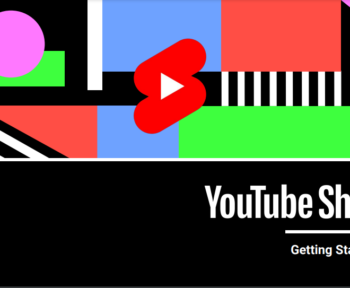
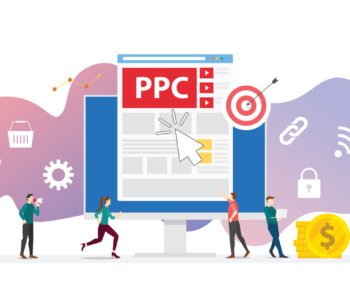


2 Comments
Rudolph Calcao
Great post! We are linking to this great content on our site. Keep up the great writing.